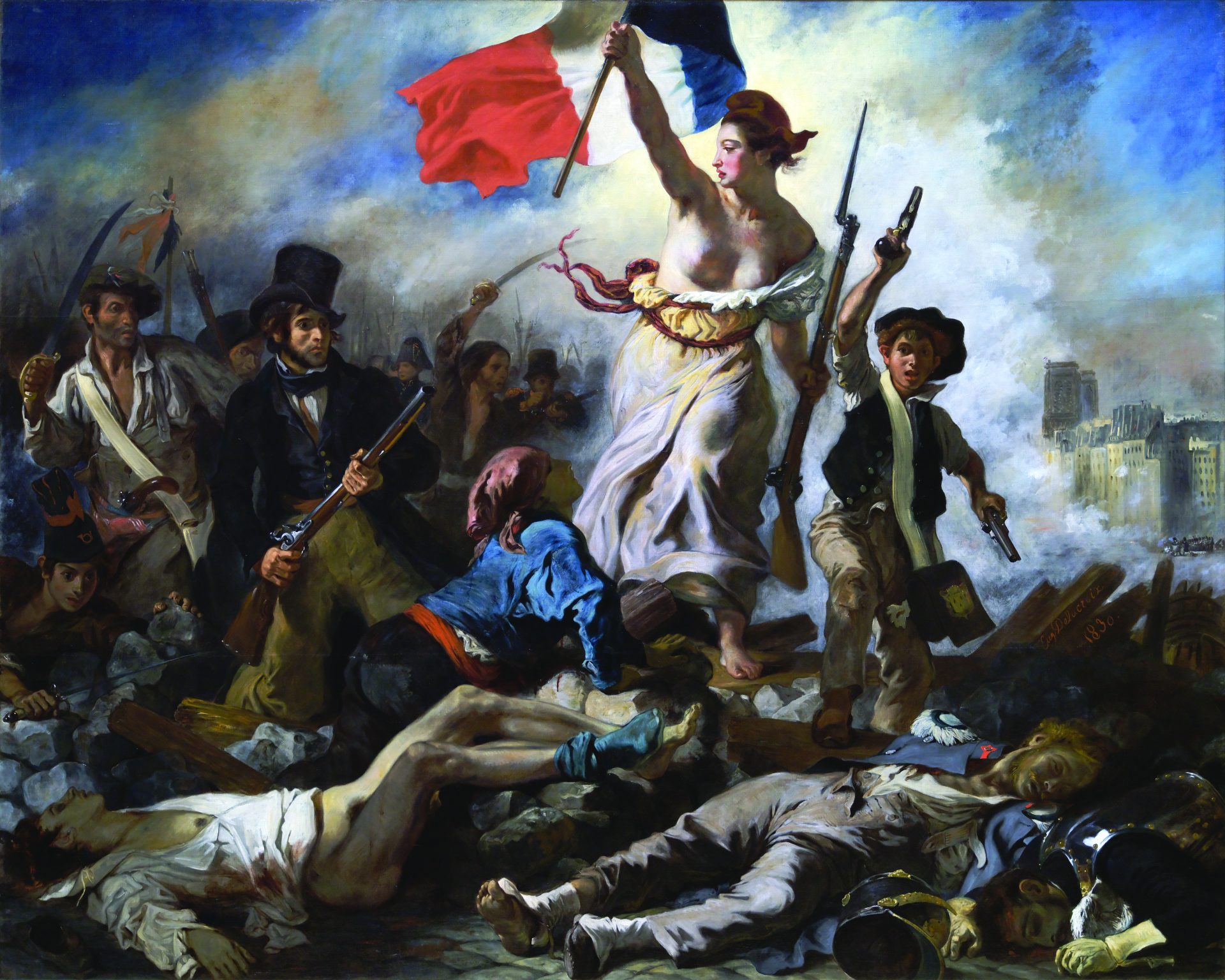“How did people sit in the Middle Ages?” It is a remarkable question—disarmingly simple yet potentially sweeping. A precocious child might pose something of the sort to a flustered parent—and the child minder in question would absently wave off the inquiry or simply ignore it.
That’s largely been the posture of professional historians when it comes to vernacular kinds of interior design. On the surface, of course, it’s easy enough to intuit—through pictorial and material evidence—how medieval Europeans sat. But it’s much harder to discern why people sat the way they did, and what, if anything, it meant.
Sigfried Giedion insisted that it meant a great deal; he would have us believe that posture is political. In furniture—and its arrangement—lurk the topographies of social relations. “The sun is mirrored even in a coffee spoon” is his quiet declaration. “For the historian there are no banal things. . . . Tools and objects are outgrowths of fundamental attitudes to the world.”
In Mechanization Takes Command, his half-century-out-of-print opus, Giedion, the first secretary-general of CIAM (the International Congress for Modern Architecture) and author of the landmark 1941 Space, Time, and Architecture, turned from space to the things and processes of everyday life: from food to bathing to clothing; from dim ancient lineages to a late-nineteenth-century heyday—a time of “full mechanization,” as he puts it, in which “faith in production penetrated every class and ramification of life, thrusting all other considerations into the background”—up through the first half of the twentieth century.
Published in 1948, not long after World War II, Giedion’s book acknowledges how the war’s devastating legacies had thwarted the Western romance with rational design—what were the Nazi camps, after all, but the same methods applied to the task of genocide? “Men have become frightened by progress,” Giedion writes, “changed from a hope to a menace.” Then, he wonders ruefully, about the dawn of mechanization: “And it began so marvelously.”
Giedion sets out in Mechanization to recapture that sense of marvelous opportunity—to discover its origins and identify just where it may have gone astray. One of Giedion’s key arguments is that mechanization is a mere “agent, like water, fire, light. It is blind and without direction of its own.” The implication here is that mechanization is always a latent possibility in a given setting but requires proper social conditions to flourish.
As Giedion notes, ancient Egypt and Greece were rife with fanciful automatons, mechanized pageants utilizing any combination of “simple machines,” and protofactories in the making. But none of these technologies progressed beyond functioning as sort of a mass spectacle. This was due in part, he argues, to the reliance on slave labor in early civilization, since its abundance effectively stalled any drive to reduce the costs of production. However, Giedion contends that the ancients’ resistance to the possibility of mechanization was a much broader question of mind-set: “The fact was that they possessed an inner orientation, an outlook on life different from ours. Just as we were unable to invent a form of relaxation suited to our way of life, the ancients gave little thought to lending their inventive powers to practical ends.”
This worldview affords a vivid contrast to frontier America, with its absence of skilled labor—by 1836, Giedion writes, two farmers had created a harvesting machine that “performed in a continuous production line the entire harvesting task of threshing, cleaning, and bagging the grain.” He examines how, “compressed within a few decades,” settlers went from home economy to mechanized production, reaching a sort of zenith by 1850. At that point, the Americans had overseen the creation of “over sixty different plows . . . shaped for specific purposes”—a series of innovations unparalleled in Europe’s long history of plowing.
So to recur to the riddle of how exactly people in the Middle Ages sat down, the more fleshed-out, sociological answer appears to be “not comfortably.” As was the case with most medieval cultural objects, domestic furniture took its cues from the monasteries—“the faldstools of bronze or wood and other ecclesiastical thrones of antique inheritance, the choir stalls, the lectern of chapel and sacristy, the writing desks of the cells, and the long narrow trestle tables of the refectories.” And none of these objects were designed, he observes, with a view to issues like “how the body might best relax in a chair.” Much of what would later come to be thought of as comfort was available, strictly speaking—but it simply wasn’t deemed necessary. The “invention of comfort,” in historian John Crowley’s phrase, was a process not of technological innovation but of cultural reformulation.
The machine logic of the nineteenth-century threshers and reapers was, perhaps inevitably, transferred to human labor. The most famous prophet of the revolution known as scientific management was, of course, Frederick Winslow Taylor. But Giedion also revisits the lesser-known researches of Frank and Lillian Gilbreth, who helped usher in “an era of motion study”—i.e., the visual representation of the way workers operate. The Gilbreths used a device called the Cyclograph, essentially a camera and light attached to the worker that detailed the paths and flows of his trade, from surgery to bricklaying. They then produced sculptural wire models to demonstrate their results.
Indeed, processes of all kinds were being broken down into their component parts—one critic, reviewing Duchamp’s Nude Descending a Staircase on its infamous Armory Show debut, compared it rather tellingly to “an explosion in a shingle factory.” The mechanizing impulse marched on—next was the kitchen (the author of Housekeeping with Efficiency lamented, “For years I never realized that I actually made 80 wrong motions in the washing alone”). And even in an economic order casually described as postindustrial, plenty of mechanizing continues; as Nicholas Carr argues in The Shallows, mechanization extends to the mind: “The Internet is a machine designed for the efficient and automated collection, transmission, and manipulation of information, and its legions of programmers are intent on finding the ‘one best method’—the perfect algorithm—to carry out the mental movement of what we’ve come to describe as ‘knowledge work.” Today, eye-tracking software is used to analyze the work flows of Web users.
Mechanization is the sort of book one can hardly imagine being published today. It’s a sprawling and idiosyncratic work, first published by a university press, but commendably clear, without the jargon that would likely encumber it today. Its fields of inquiry are similarly ecumenical, ranging from the formative assembly-line technology of the “biscuit bakery of the British Navy” (the wonderfully named Deptford Victualling Office) to the debut of a sort of premature La-Z-Boy in the 1870s—which subsequently disappeared, as Giedion notes, because “it failed to voice the notions of wealth and splendor to which everyone now seemed born.” And it is truly, as the subtitle has it, “anonymous history,” drawn from forgotten patent applications and implement catalogues—when available, for there are many dead ends, as with the archives of one nineteenth-century manufacturer, which had been, as Giedion describes in a footnote, dumped into a river by the new owner. He painstakingly reconstructs seminal stories—such as the pre-Chicago creation of assembly-line techniques for slaughterhouses in Cincinnati—“as if we were studying some faintly known epoch that has left no documents.”
As ephemeral, antique, and arcane as the book can be, it is strikingly alive to the present. Giedion explores, for example, the shift to mechanized bread baking, from the heterogeneous product of small bakers to the “sweetish softness” of industrialized white bread, prized for its uniformity. In the decades since Giedion’s book, counterarguments against industrial food have again arisen, even as the techniques analyzed in Mechanization have reached an almost terminal technological perfection.
Giedion, the rationally exuberant apostle of progress, abjures the polemics of today’s treatises decrying factory food; rather, his plea is to “discriminate between those spheres that are fit for mechanization and those that are not.” He contrasts two ways of eating: one that follows a “medieval pattern,” with “craftsmen-like pleasure in spontaneous culinary preparation”; the other, less favorably, from a War Production Board pamphlet, envisions that “meats will be cooked in ton-size batches under the direction of world-famous chefs and packaged in containers. Then, one minute before dinner time, the housewife will place the pre-cooked frozen meal into a special electronic oven.” Both of these strands still exist, locked into seemingly eternal struggle—Wolfgang Puck frozen pizza versus locavorism—or, to paraphrase Claude Lévi-Strauss, between the raw and the precooked. “Things are in the saddle,” Emerson famously wrote, “And ride mankind.” But against this lasting spirit of technological determinism, Giedion reminds us that culture must often clear the path for invention.
Tom Vanderbilt is the author of Traffic: Why We Drive the Way We Do (and What It Says About Us) (Knopf, 2008).






